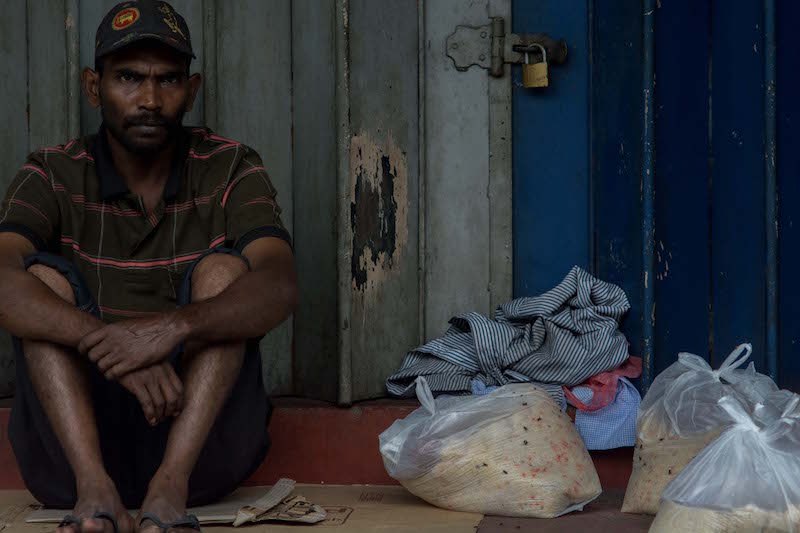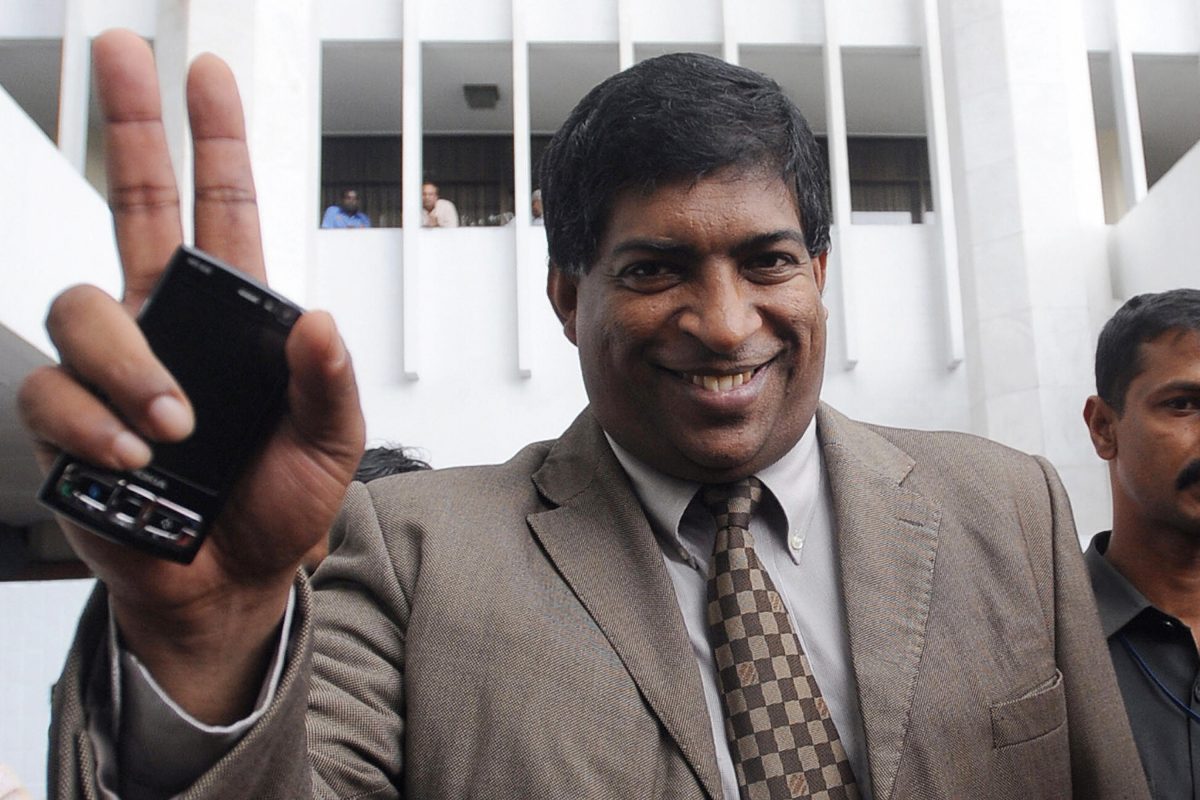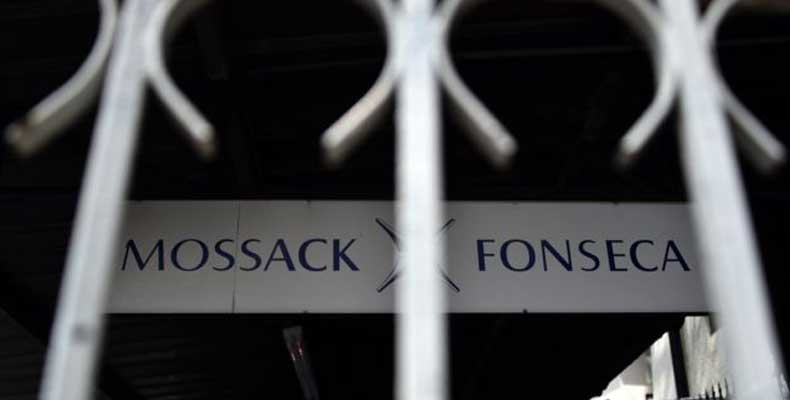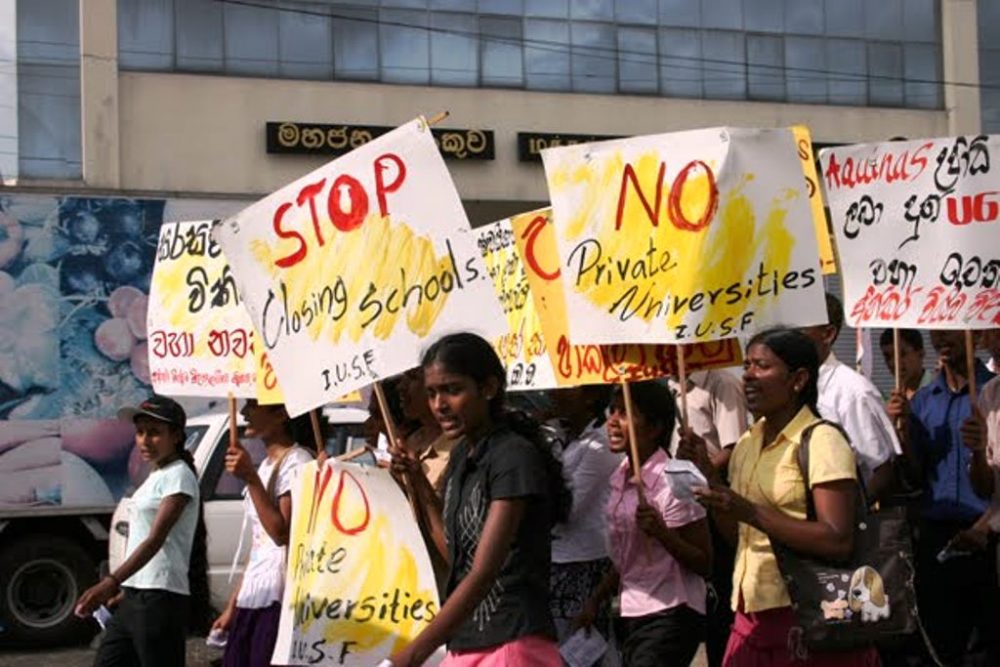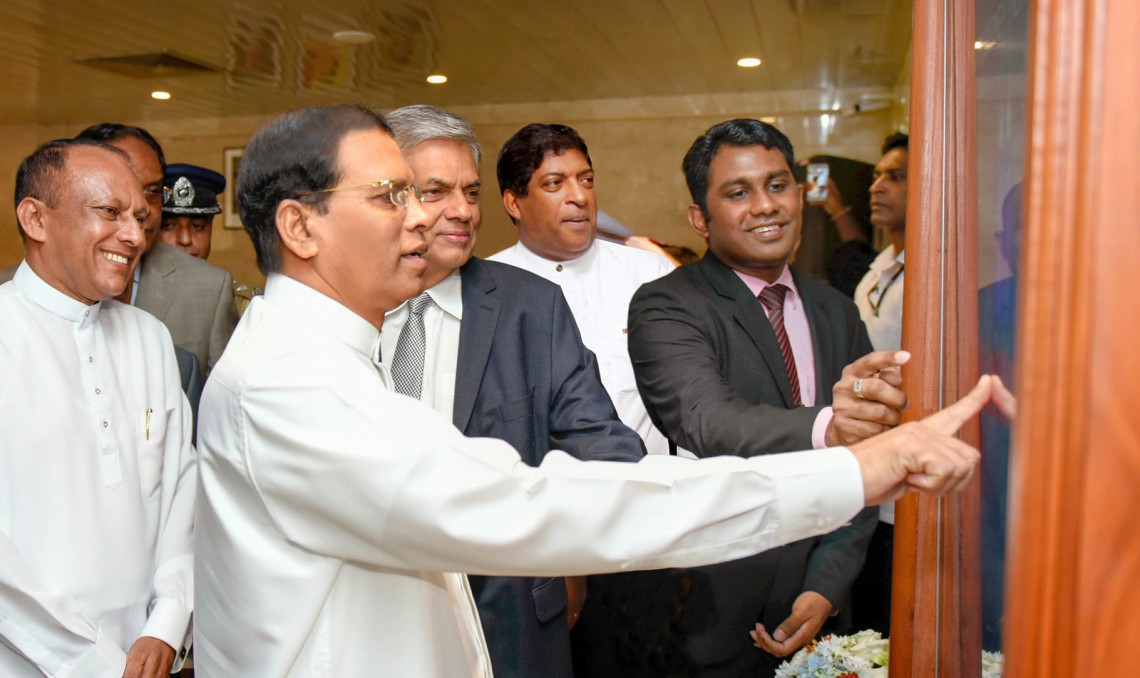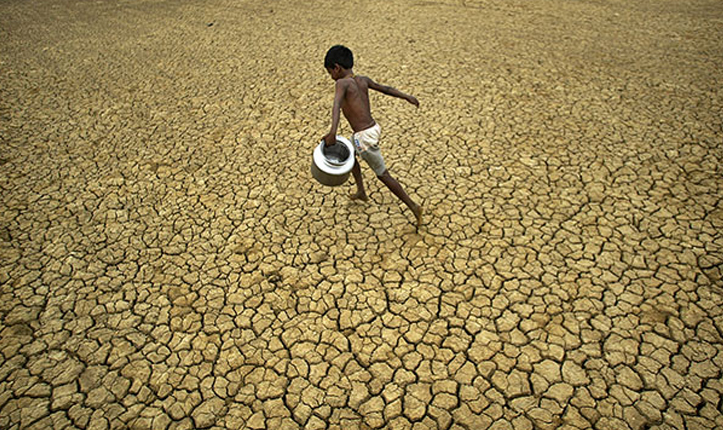
For those who’ve been keeping a tab on the news, particularly with regard to climate change, you would know that carbon dioxide levels have surpassed the critical threshold of 400 parts per million (ppm). Sadly for us bungling humans, this has been described as the point of no return, and, going by the latest research, they weren’t joking when they said so. The carbon dioxide in the earth’s atmosphere isn’t likely to reduce ‒ even if we find a way to keep our carbon emissions in check. This possibly means that we’re saying goodbye to the earth as we knew it and ushering in a new era where we may never again know an earth with carbon dioxide levels below 400 ppm.
Apart from human activity, the 2015 El Niño also contributed to this final push. According to reports, thanks to this El Niño, the month of May was the eighth in a row to smash records for being the hottest month. Additionally, with a La Niña brewing, there’s no saying what the rest of the year will look like.
Closer to home, things aren’t looking good either. A few months ago we reported about the effect the rapidly warming Indian Ocean is likely to have on us (video can be found here) and sure enough, we saw the result of stronger cyclonic conditions. The fact is, a month down the line, we’re still recovering from the disasters, and what should have been our front line of aid in a time of distress ‒ namely the Government ‒ failed on many fronts. The sorry attempts of the Government to bring the situation under control is inexcusable, which begs the question: does our Government have a plan, a strategy in place which would help mitigate (as far as possible) the backlash we’ll be facing as a result of rapidly warming atmospheric conditions?
Say Hello To The Paris Agreement
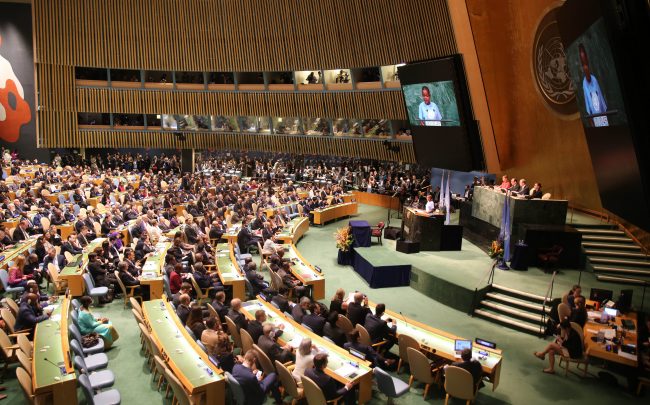
In April this year, 171 countries, including Sri Lanka, signed the Paris Agreement on Climate Change. Image credit http://www.iisd.ca/
In February 2016, scientists issued a “climate emergency” warning after receiving NASA data that showed February smashing a century of global temperature records by a “stunning” margin.
Then came March, which shattered the record heat previously set in February, according to data released by the Japan Meteorological Agency (JMA). Then came April, which was the hottest April on record globally – and the seventh month in a row to have broken global temperature records. May soon followed on its heels, becoming the eighth month in a row to break global heat records.
These record-breaking temperatures triggered the third recorded global coral bleaching, and in Australia, 93% of the reefs have now been affected by bleaching along the 2,300 km Great Barrier Reef. In the northern parts of the reef, it’s expected that the majority of coral is dead, and on some reefs, over 90% of the coral is dying.
On Earth Day (April 22), 171 countries convened at the United Nations Headquarters in New York to sign the Paris Agreement on Climate Change at a High-Level Signature Ceremony. Our local media reported that the Minister of Science, Technology and Research, Susil Premajayantha, signed this agreement in New York on Sri Lanka’s behalf.
What We Signed Up For
The aim of the Paris Agreement is to “strengthen the global response to the threat of climate change, in the context of sustainable development and efforts to eradicate poverty,” by:
(a) Holding the increase in the global average temperature to well below 2 °C above pre-industrial levels and to pursue efforts to limit the temperature increase to 1.5 °C above pre-industrial levels, recognising that this would significantly reduce the risks and impacts of climate change;
(b) Increasing the ability to adapt to the adverse impacts of climate change and foster climate resilience and low greenhouse gas emissions development, in a manner that does not threaten food production;
(c) Making finance flows consistent with a pathway towards low greenhouse gas emissions and climate resilient development.
On Paper…
All countries across the globe that are committed to these goals are expected to submit Intended Nationally Determined Contributions (INDCs) for tackling climate change. To quote Sri Lanka’s INDCs report, Sri Lanka “intends to reduce the GHG emissions against Business-As-Usual scenario unconditionally by 7% (Energy sector 4%, and 3% from other sectors) and conditionally 23% (Energy sector 16% and 7% from other sectors) by 2030.”
Additionally, according to Hemantha Withanage, Executive Director at the Centre for Environmental Justice/Friends of the Earth Sri Lanka, the country has already received “cabinet approval to create a Climate Change Commission” and there are already several committees in place at the ministerial level. Speaking to Roar, he also said that the idea behind this is to get Sri Lanka ready by 2020, for when the implementation of the Paris Agreement will come into force.
Sri Lanka’s ability to implement these proposed changes, however, hinges on three pre-conditions: finances, technology, and capacity building. Basically, we need both technical and financial assistance. As we are a developing country, we can expect assistance from Green Climate Fund (GCF) and other similar funding institutes and organisations, but finances aside, this also means that we, as a nation, have a lot of learning to do and changes to make.
It is also interesting to note that since this is an agreement under a convention (UNFCCC), and not a signed protocol, the question of sanctions will not arise, should we fail to hold up our end of the bargain. This effectively means that adhering to these guidelines is completely voluntary, despite the risk posed by not doing so. Which, in any universe, is bad news.
So far, Sri Lanka is aiming not just for economic development, but sustainable development, and has agreed on 17 sustainable development goals. The country claims to be taking steps to increase the renewable energy sector and aims at becoming 100% reliable on renewable energy by 2050, at least.
There are also plans to adopt energy-efficient and environment-friendly alternatives in the transport sector (electric, hybrid vehicles and electrification of railway system among other promises).
But Are We Planning To Do Anything In Reality?
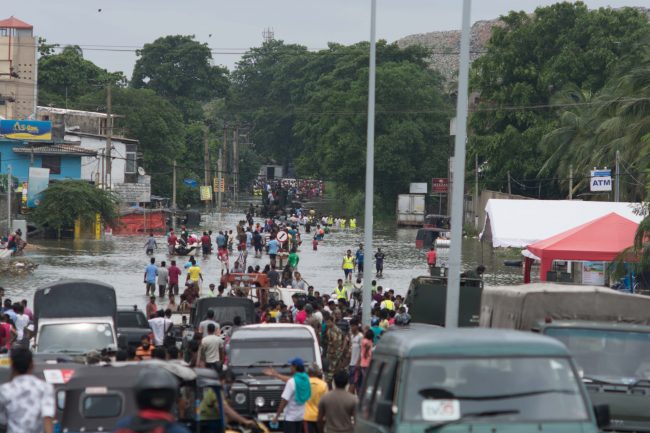
The disasters that struck the island in May should have been a wake-up call for anyone who hasn’t taken climate change seriously. Image credit: Thiva Arunagirinathan
The Paris Agreement’s 1.5C target has been called “wishful thinking,” by Andy Pitman, Director of the ARC Centre of Excellence for Climate System Science at the University of New South Wales in Australia.
Pitman isn’t the only sceptic. Despite the Agreement’s target, according to this study, “The INDCs collectively lower greenhouse gas emissions compared to where current policies stand, but still imply a median warming of 2.6–3.1 degrees Celsius by 2100.”
As The Washington Post points out, “Both before and after the Paris climate agreement, analyses by authorities including the International Energy Agency and the United Nations Framework Convention on Climate Change found that countries’ promises to cut their emissions just weren’t ambitious enough to keep the world within the “safe” climate range that lies at the core of the Paris agreement. Such analyses suggested, again and again, that without more ambitious action on the part of individual countries, global greenhouse gas emissions would still rise in the future, and warming might peak at temperatures well above 2 degrees Celsius.”
Where Sri Lanka is concerned, as Hemantha Withanage simply put it, “our national priorities are not yet in line with solving the climate crisis.”
Echoing that statement is the fact that our country’s INDCs were submitted last year. According to the INDCs report by the Ministry of Mahaweli Development and Environment:
“Sri Lanka is largely affected with climate induced extreme weather events and slow onset disasters. During these situations Sri Lankan government bears the responsibility of taking care of disaster victims, providing food and other necessary relief services and other supporting to recover early. Losses and damages (L&D) due to these disaster events are heavy creating a huge pressure on the economy and public spending. According to the National Disaster Relief Centre the total relief expenditure for the period of 2007-2011 was [LKR] 1,786 million (US$129.4million) and that money [was] borne by the government funds. Nevertheless, this calculation has been done without considering of infrastructure and other physical damages. According to the An Integrated post flood Assessment-May 2010 [report by the] Disaster Management Centre, Ministry of Disaster Management Sri Lanka… after the floods in the Western and Southern provinces, the total flood damages and losses amounted [to] over US$ 38.46 million .This means the Government of Sri Lanka is currently handling the losses and damages unconditionally.”
This report is dated October 2015, so it goes without saying that the estimated losses are much higher this year. Proof of the country’s extremely sluggish progress is last month’s disaster, a clear result of our true commitment to implementing the changes we promised.
Speaking to Pradeep Kodipilli, the Deputy Director of the DMC, it was understood that the DMC follows a set plan on how to manage disasters, which is renewed every five years. This plan includes the coordinated efforts of institutions like the Army, Navy and the Air Force. The plan will see a renewal once again in 2017, at the end of its five-year term. It would appear that it is this plan the DMC consulted when trying to handle the situation with the floods and landslides in May, which speaks for the effectiveness of the plan, as well as the fact that our Government is still dragging its feet when it comes to implementing its INDCs. If you choose to ignore their fumbling attempts, then take into consideration The Sunday Times report about equipment worth millions, which could potentially have helped mitigate the disaster, being left fallow.
Kodipilli also added that in the aftermath of the floods and landslides, a Comprehensive Disaster Management Plan has been written and is still waiting for parliamentary approval. That our leaders are still mulling over a belated attempt at planning for disaster is telling ‒ climate change and disasters aren’t going to wait until bureaucracy finally catches up with the times and learns to be faster, and more flexible. The fact that the need for such a plan has finally dawned on the DMC is encouraging. The time taken to approve it (especially considering the late hour) and the usual complacency, laziness, ineptitude, and inaction in implementation, which we as a nation have perfected over the years, aren’t positive indicators to go by.
Another problem we’re faced with is education and awareness ‒ how do you deal with an issue such as climate change if people don’t even know such a problem exists? Withanage points out that “not even 10% of the Sri Lankan population understands climate change. The same goes for SDGs.” He added that politicians themselves don’t discuss such important matters in public, while the media that collected funds and relief for victims of natural disasters don’t give the issue airtime or print space. The pathetic state of awareness in the country isn’t surprising, given the lack of public discourse and initiative on the part of the media and the country’s leaders.
Development Vs. Environment
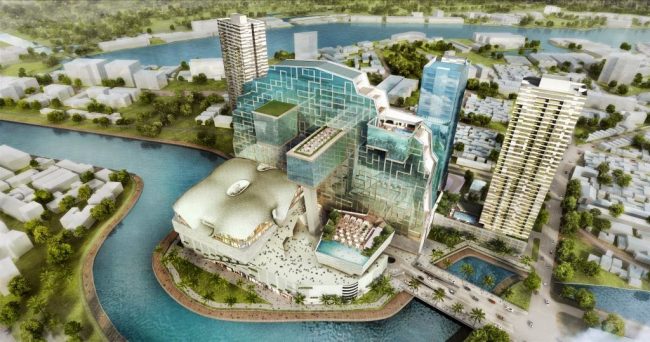
Sri Lanka has a number of development plans in the pipeline – but have we considered, and sufficiently addressed, environmental concerns? Image courtesy infosrilankanews.com
Let us also not forget that these grand plans are supposed to be implemented by 2020. Added to that our highly ambitious development drive, which will be taking place simultaneously. Sri Lanka has big plans for the future ‒ the Megapolis project, the Port City, the countless high-rise buildings around the city… the list is endless. We want to turn the island into the next Singapore, conveniently forgetting that Singapore has been ranked one of the worst environmental offenders. Their development has come at a steep cost, one which we cannot afford to pay. Throwing climate change into the equation changes the development debate considerably ‒ the big question is, has our Government taken these concerns into account when planning these development drives? We have plans, we have agreements, we have proposals, we have treaties, we have press conferences and token tree-planting ceremonies ‒ what we don’t have is the strong political will, or leaders who recognise the dangers of the situation. It isn’t enough to plant a few hundred trees and wipe our hands clean of the matter. The tennis match over the fate of Sampur isn’t a good example of our leaders’ commitment towards reducing carbon emissions. Words like Paris Agreement and Sustainable Development Goals are freely thrown about. They look great on paper, but we need more than token agreements and promises.
The weak attempts of all the governments in the past and the Government in the present over environmental issues which are no-brainers (like illegal logging in forests and forest reserves) are yet another example of paper vs. action. The list is longer than we care to repeat ‒ but one thing is clear: now, more than ever, we need to do more than twiddle thumbs and hope that our policy makers will see the light. We may not be one of the biggest carbon dioxide contributors in the world (in fact, as of 2011, we contribute 0.7 metric tonnes per capita) but that doesn’t mean the effects of climate change will be reined in. As much as Sri Lanka needs to be concerned about climate change, we should be equally worried about our political climate and the lack of will to make changes while we still have the chance.
With contributions from Cassendra Doole
Featured image courtesy AP
